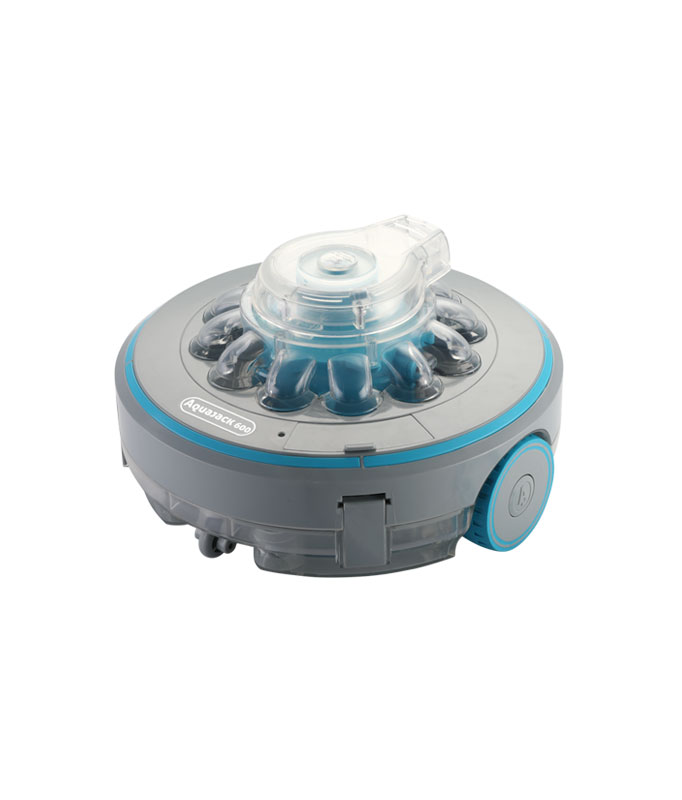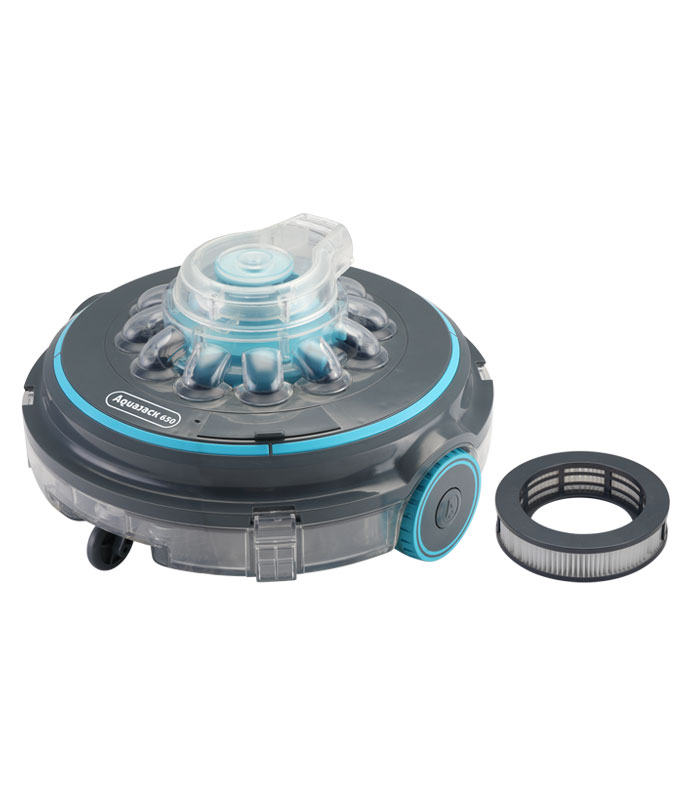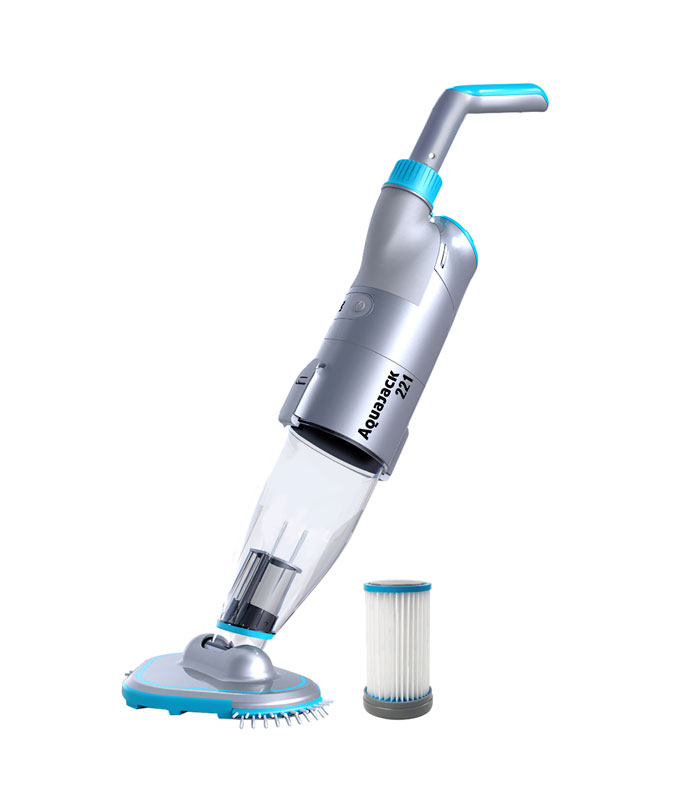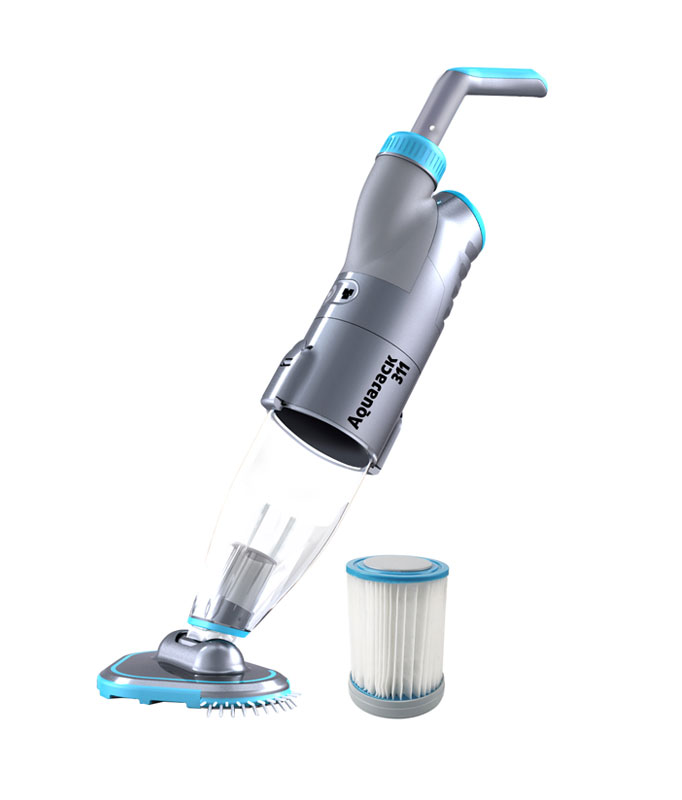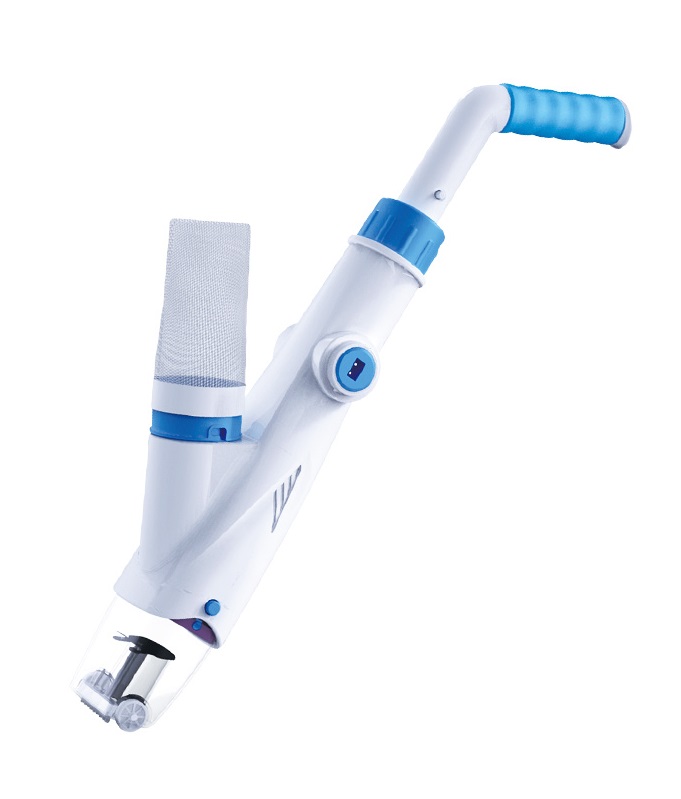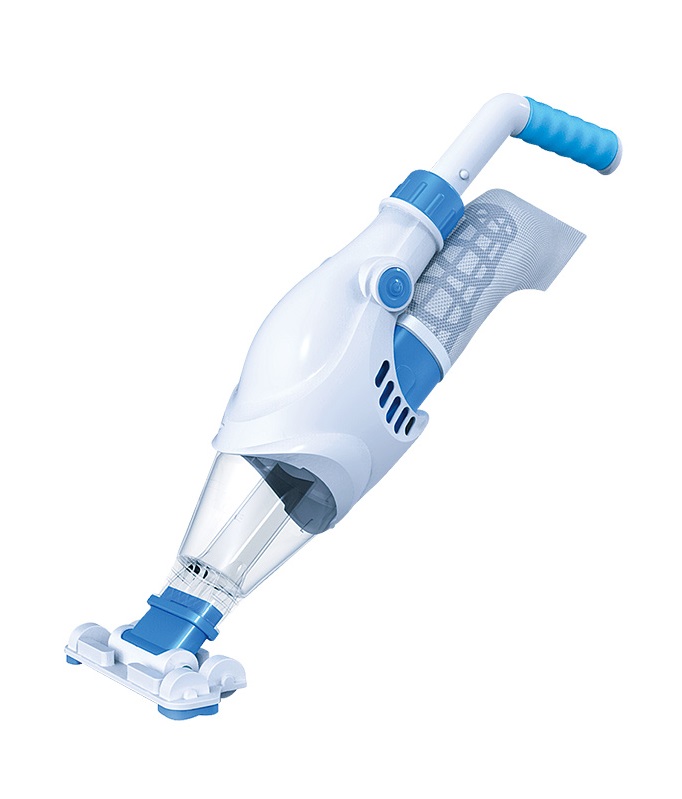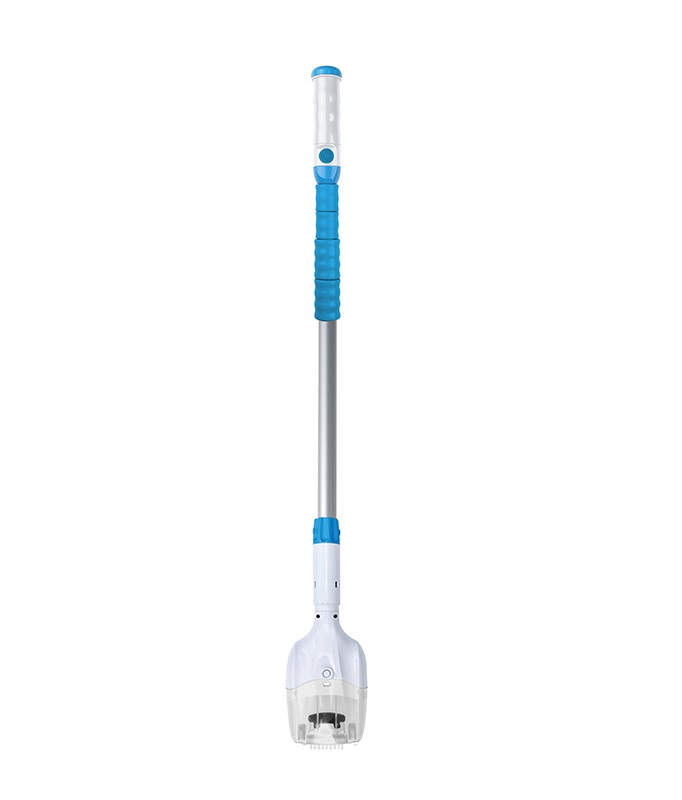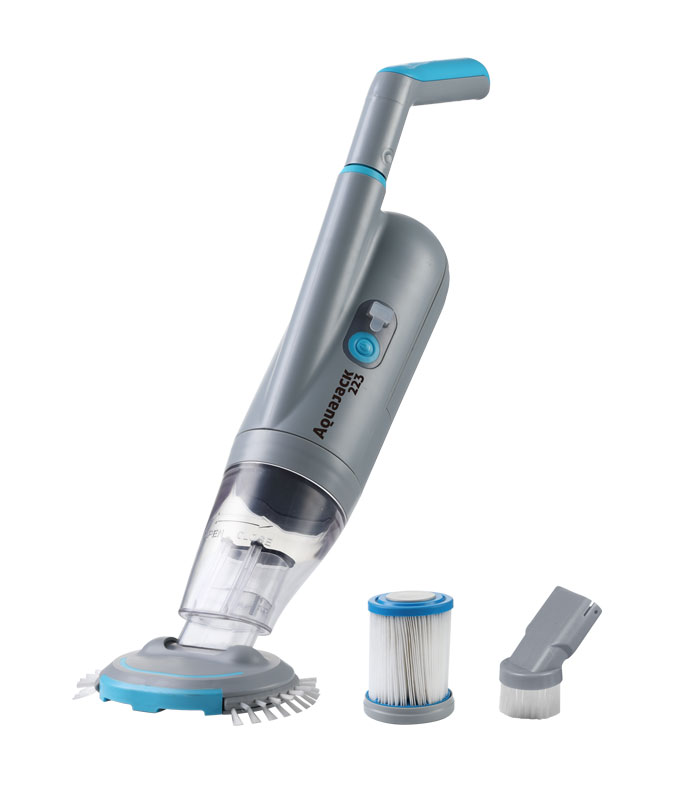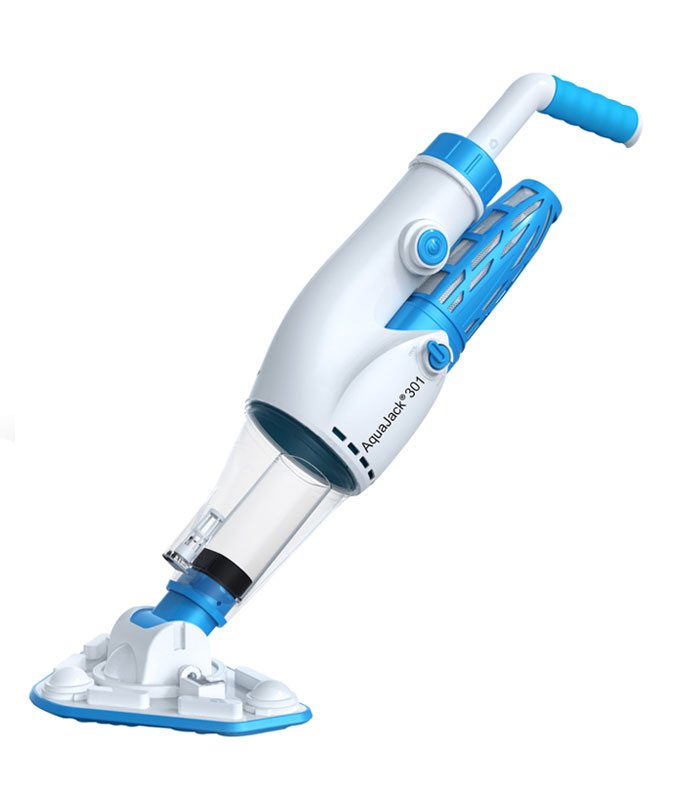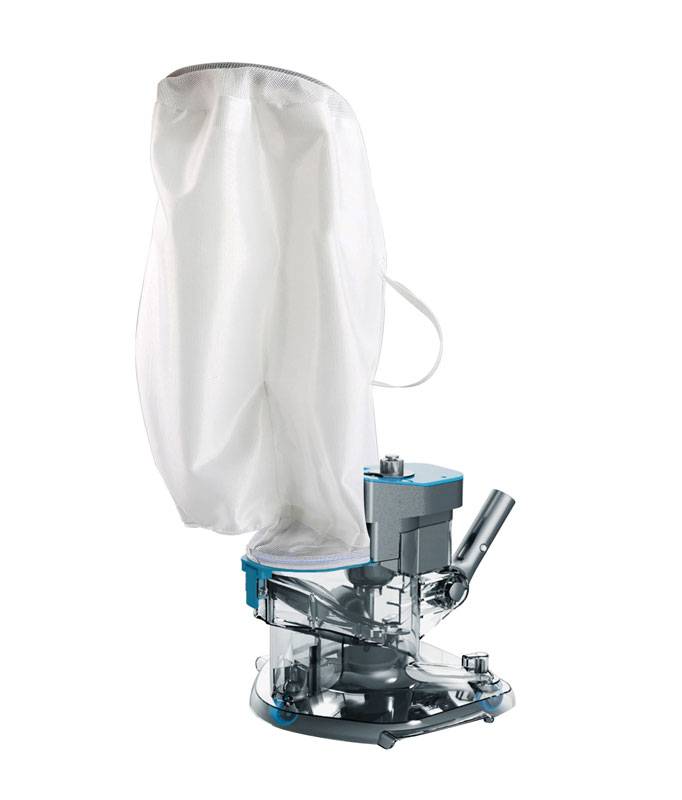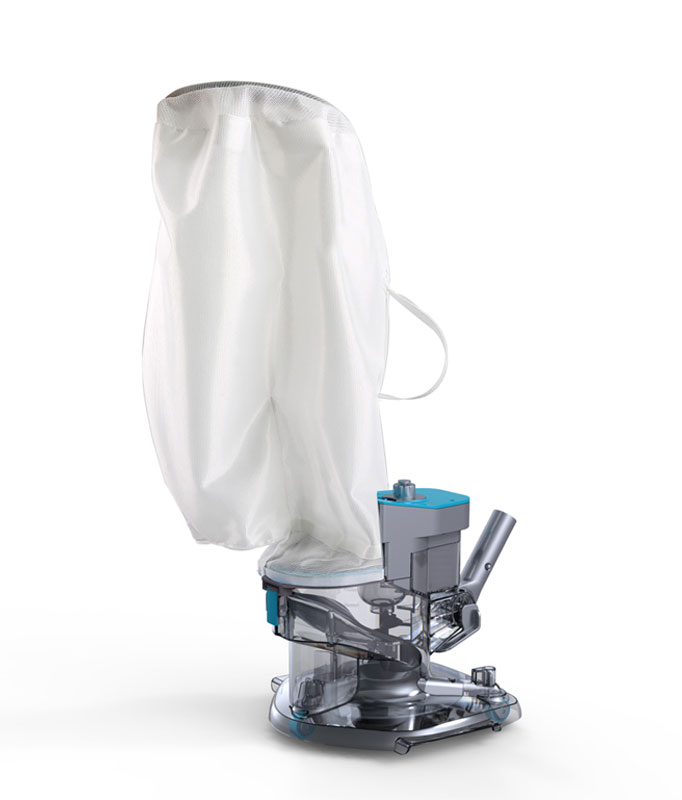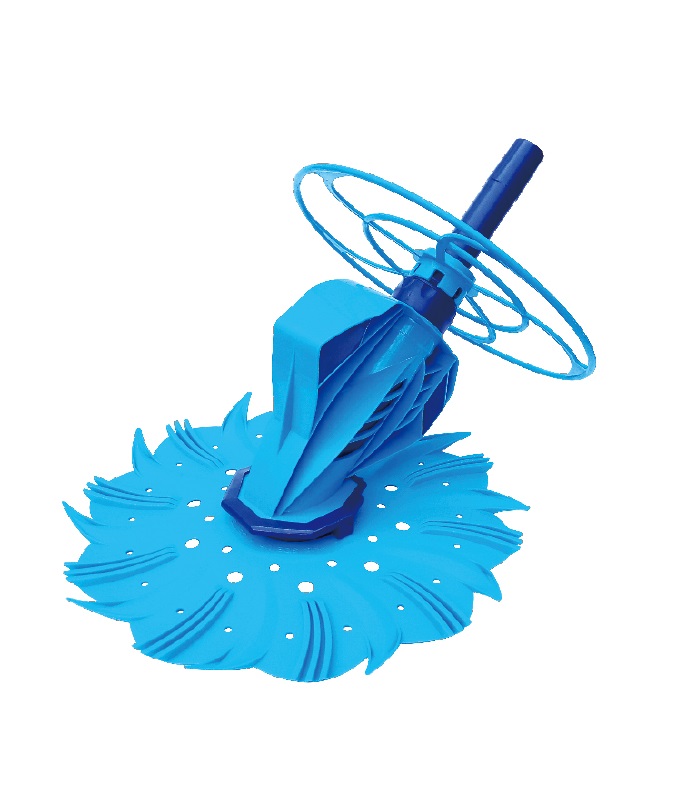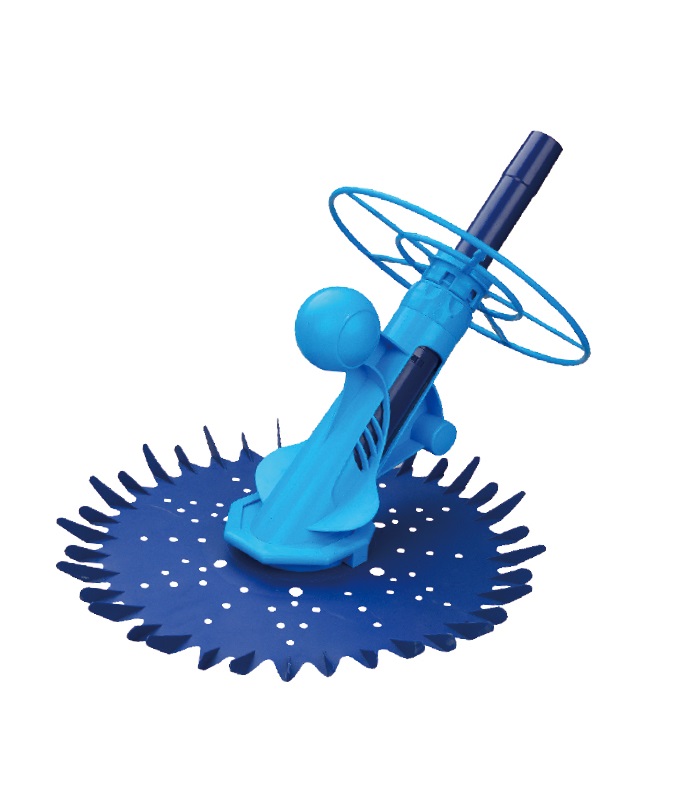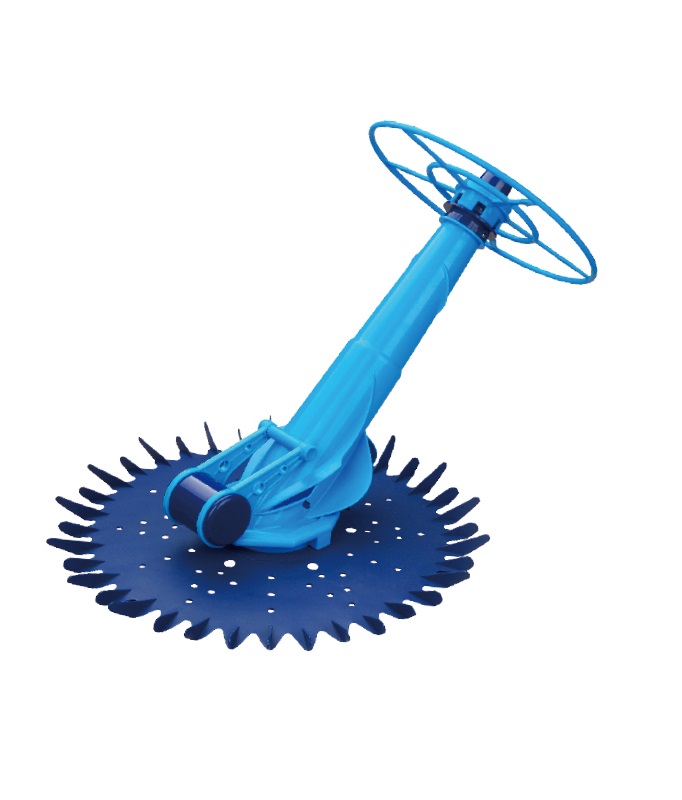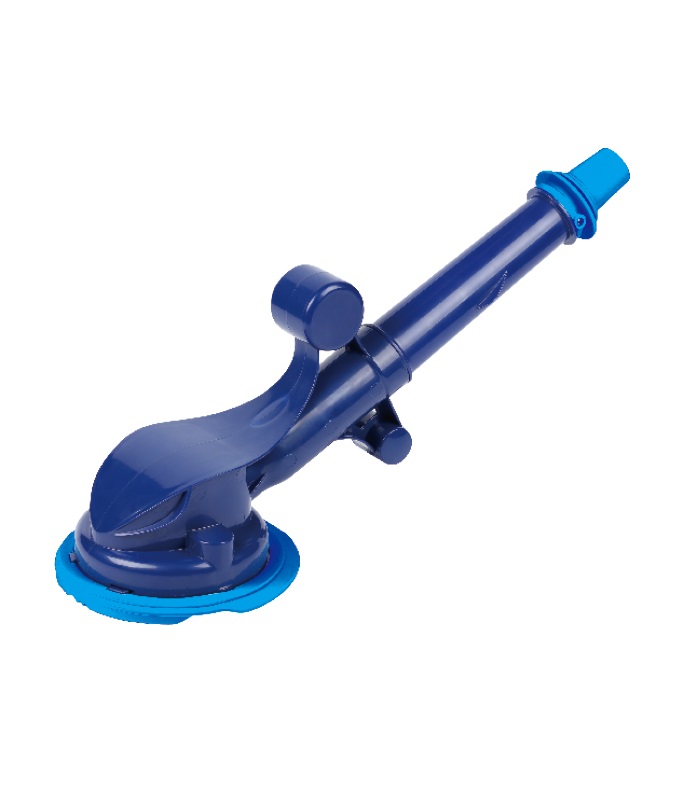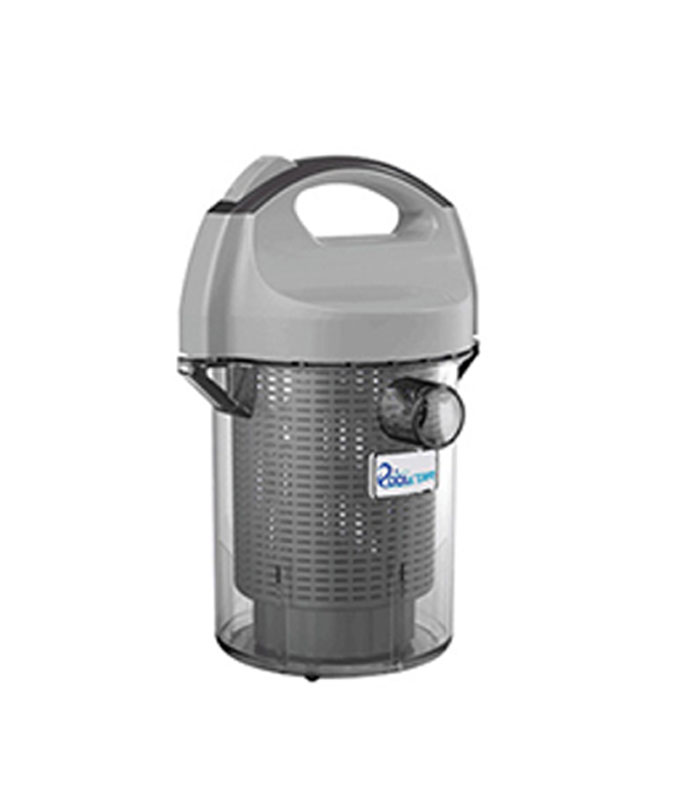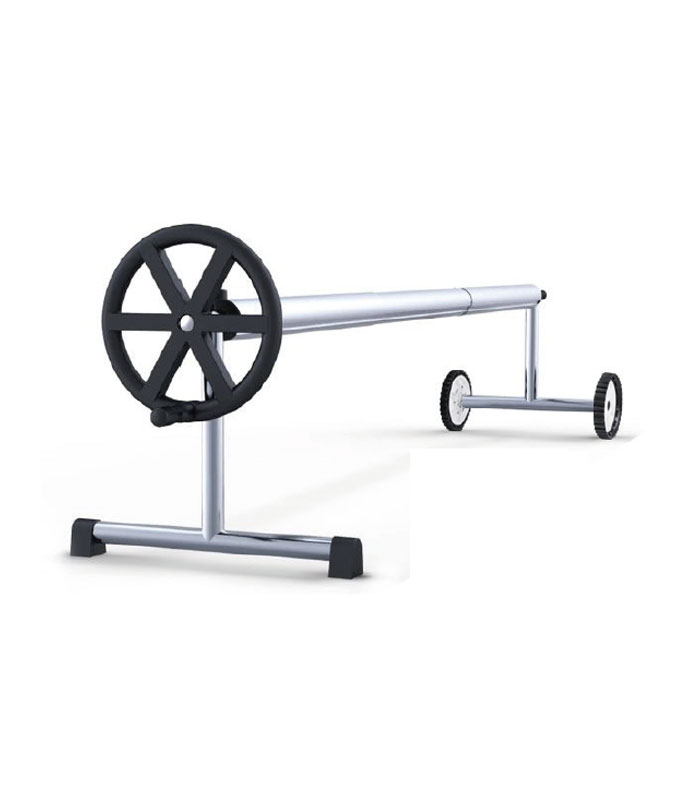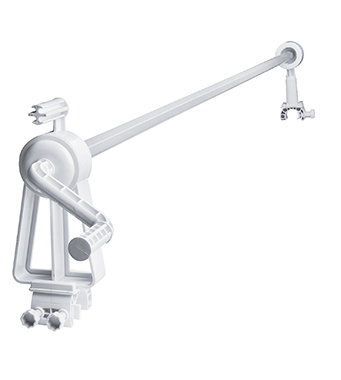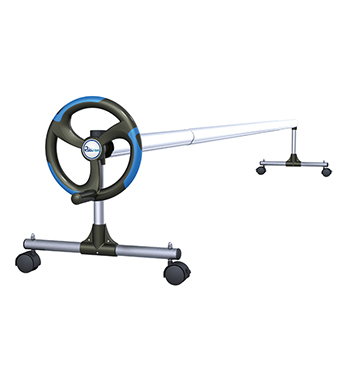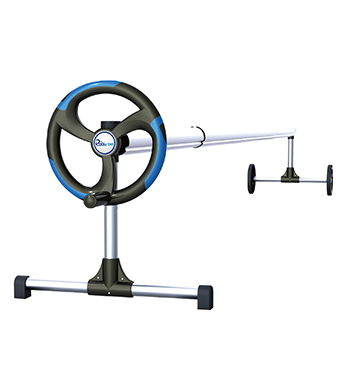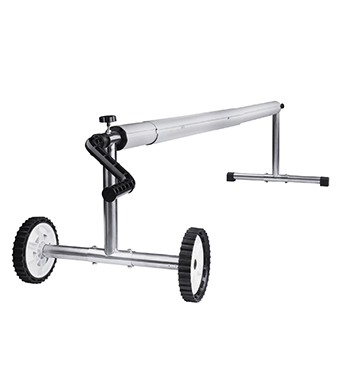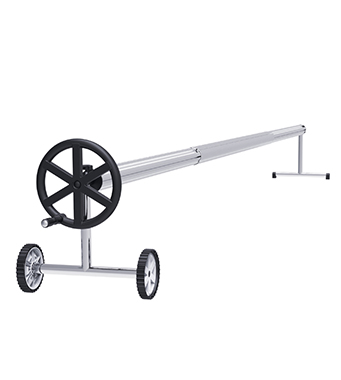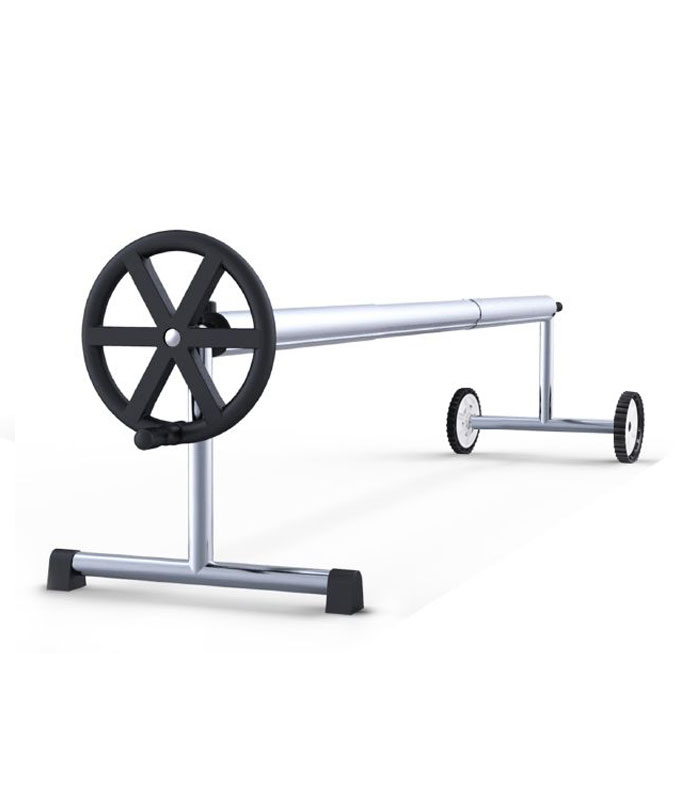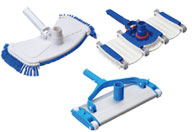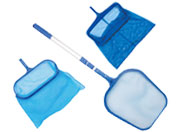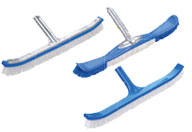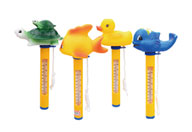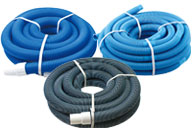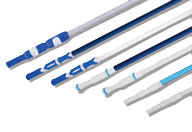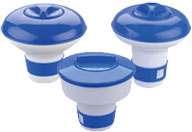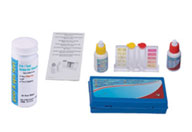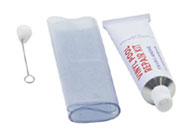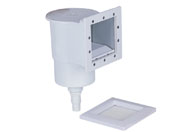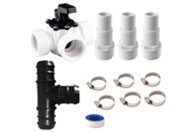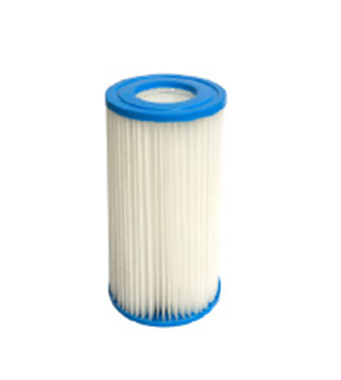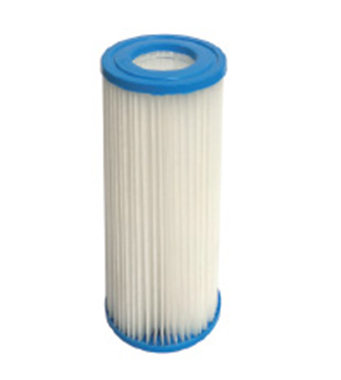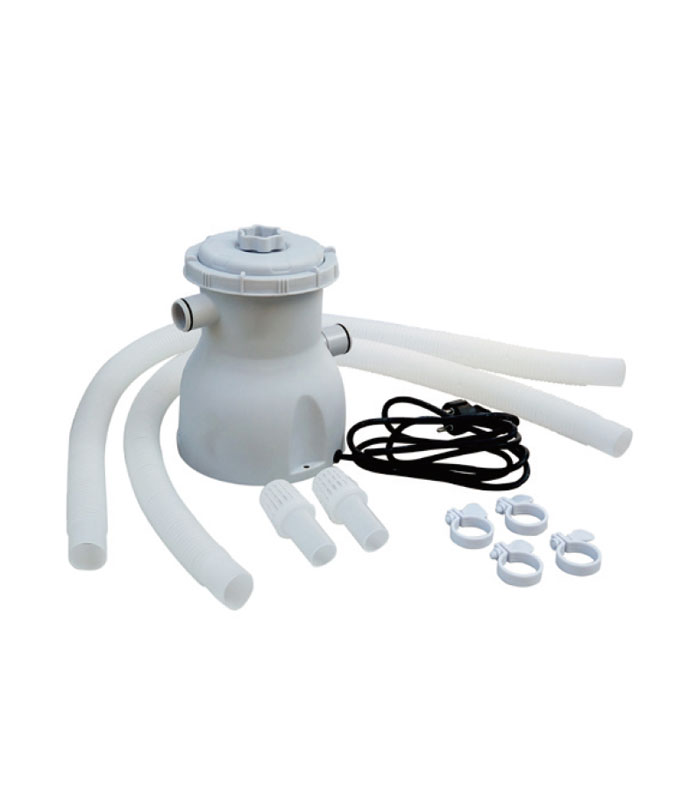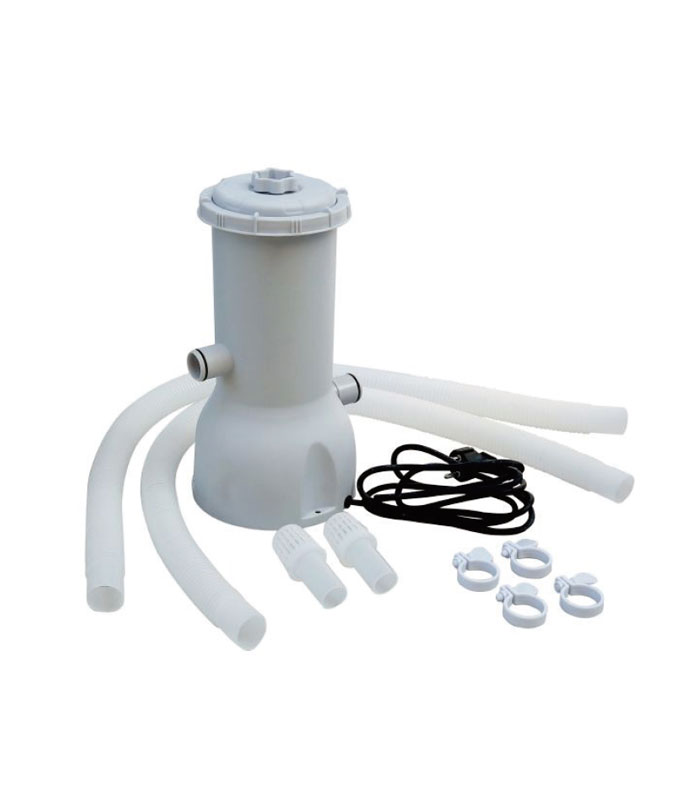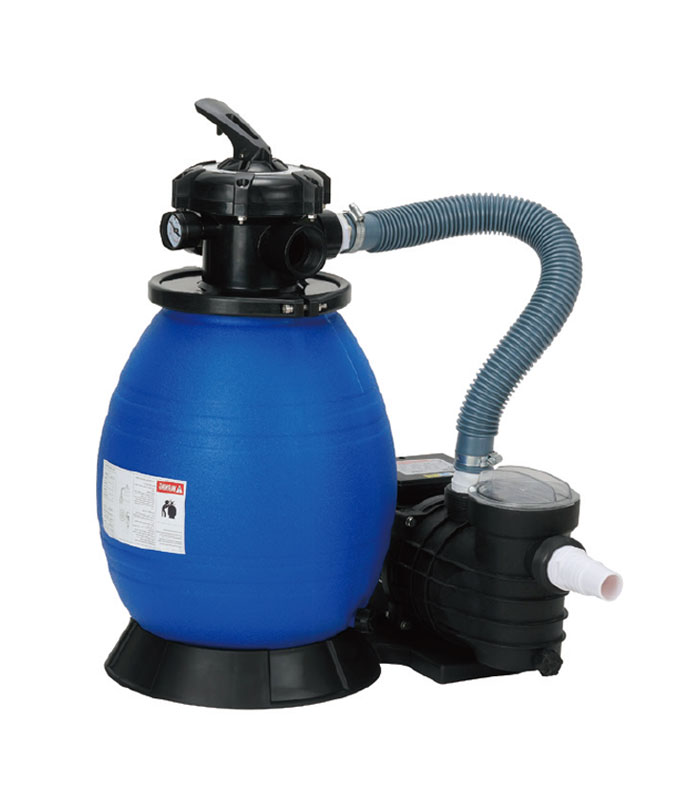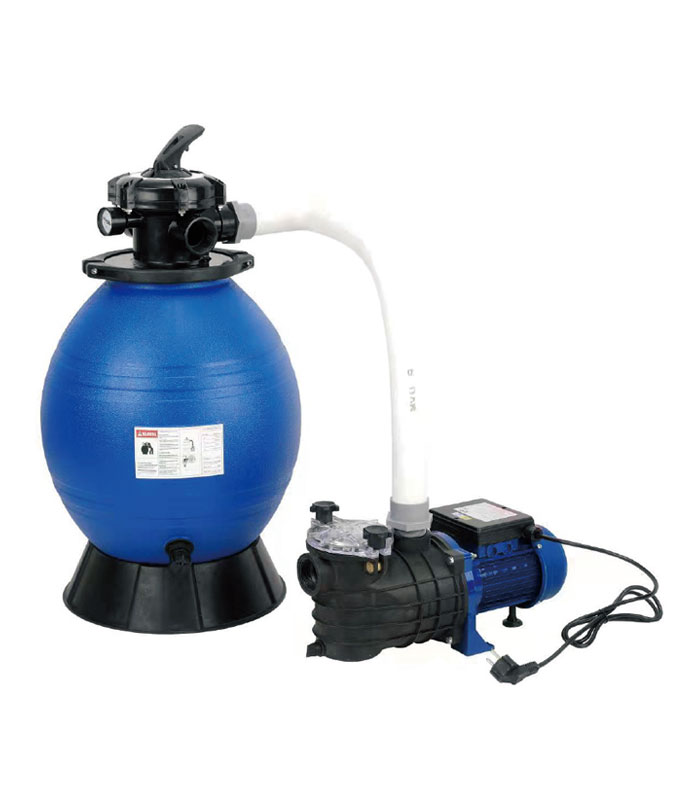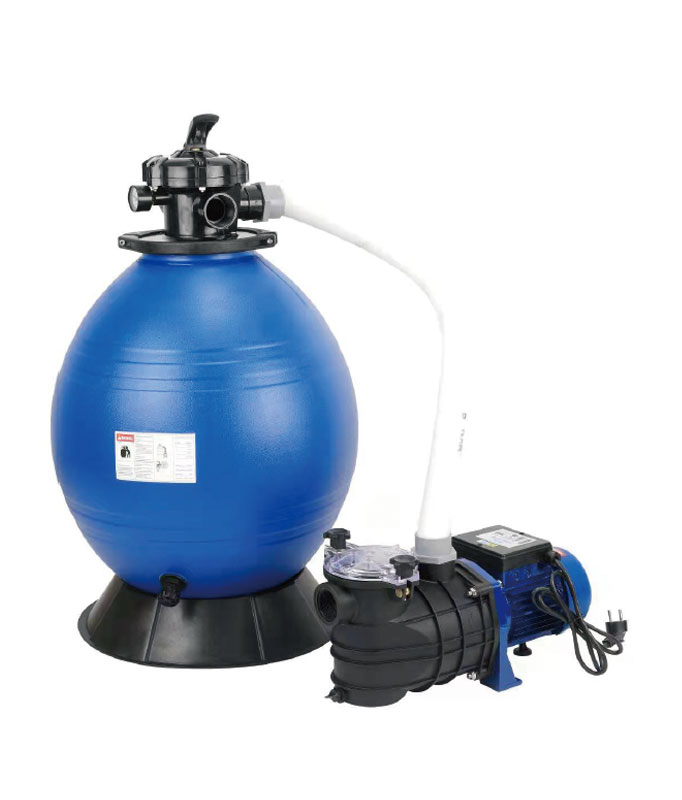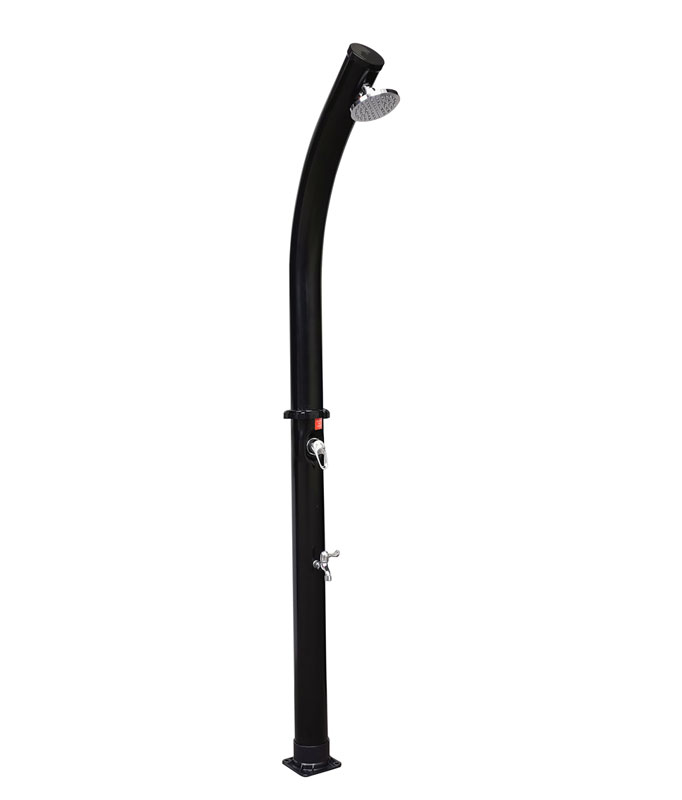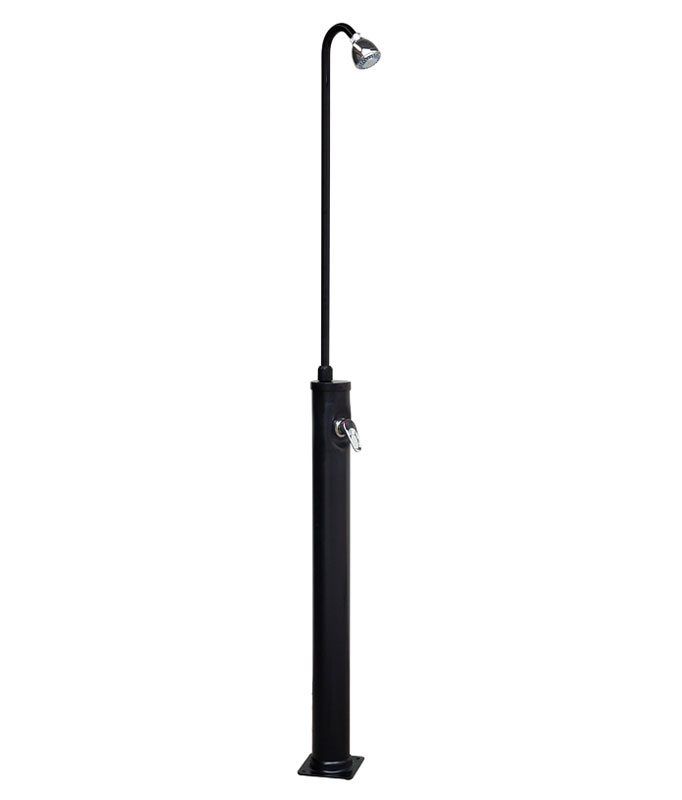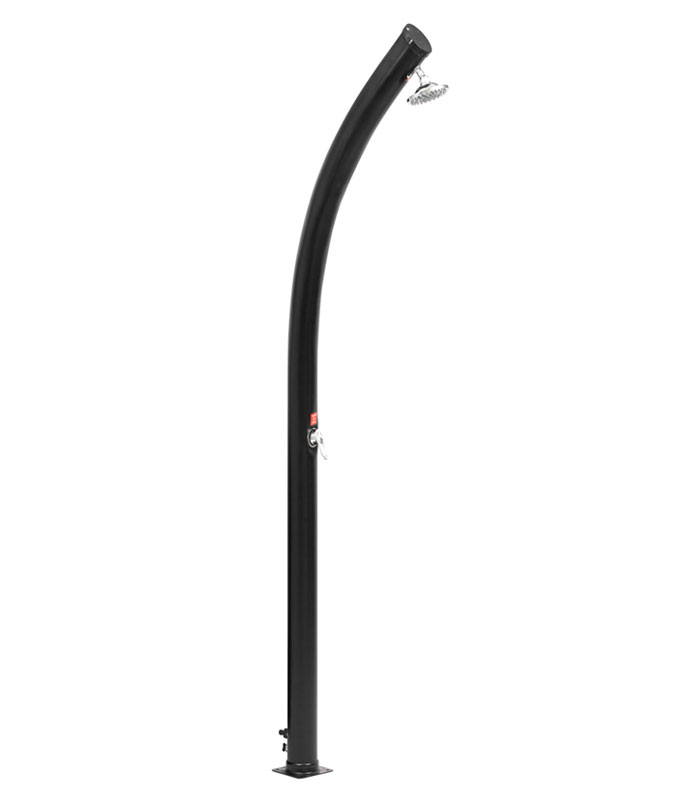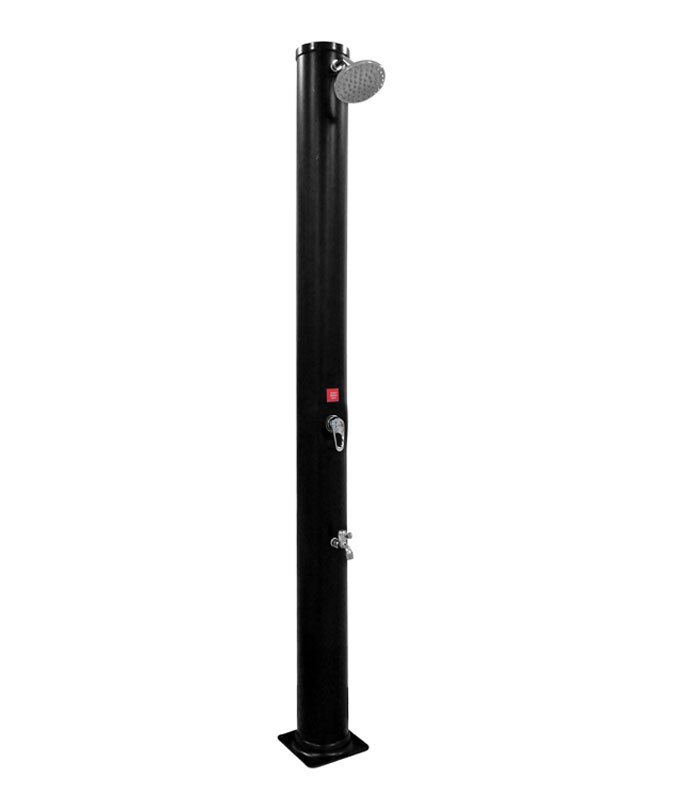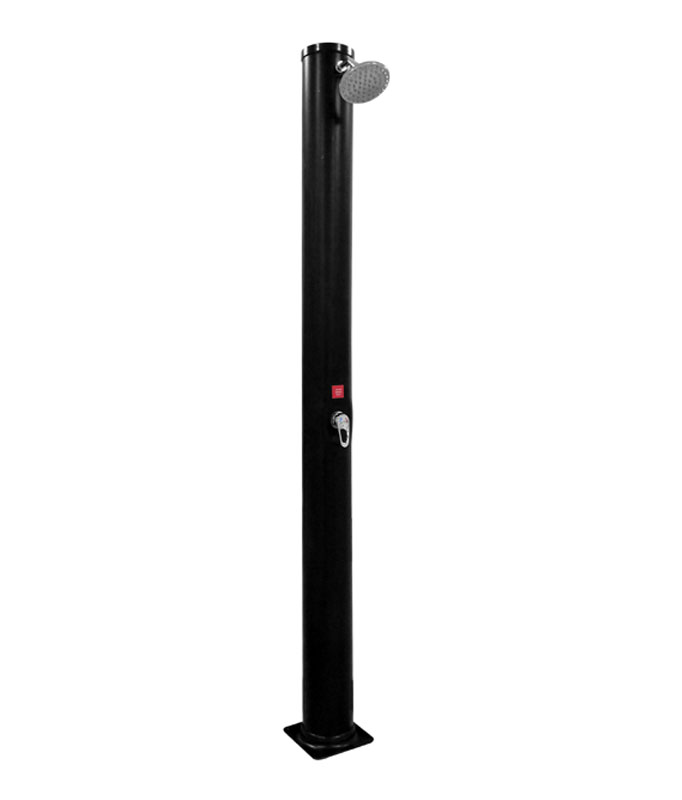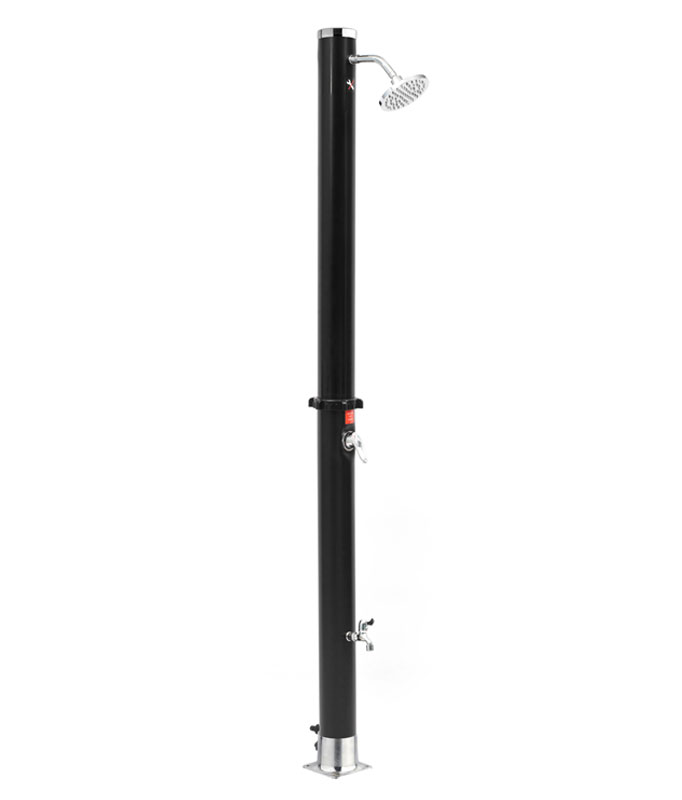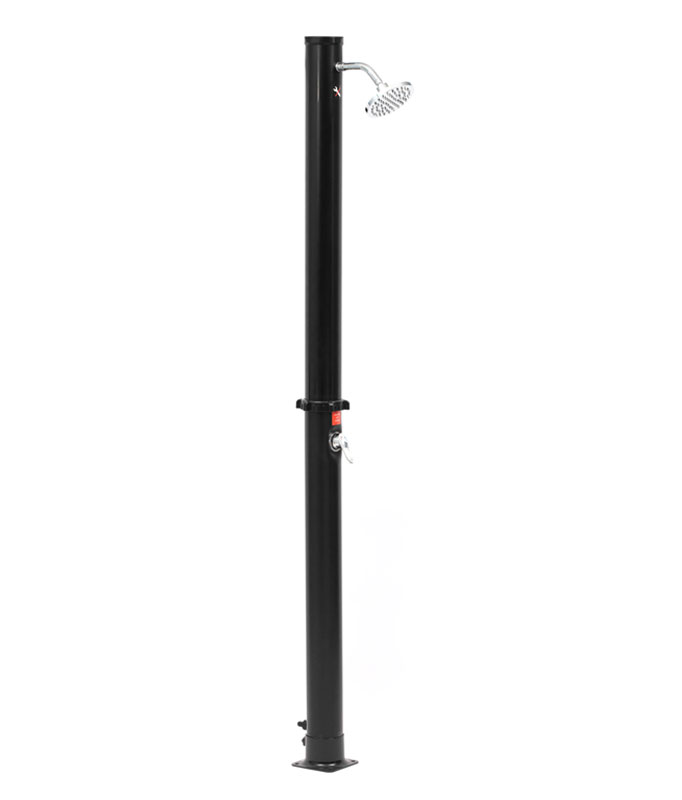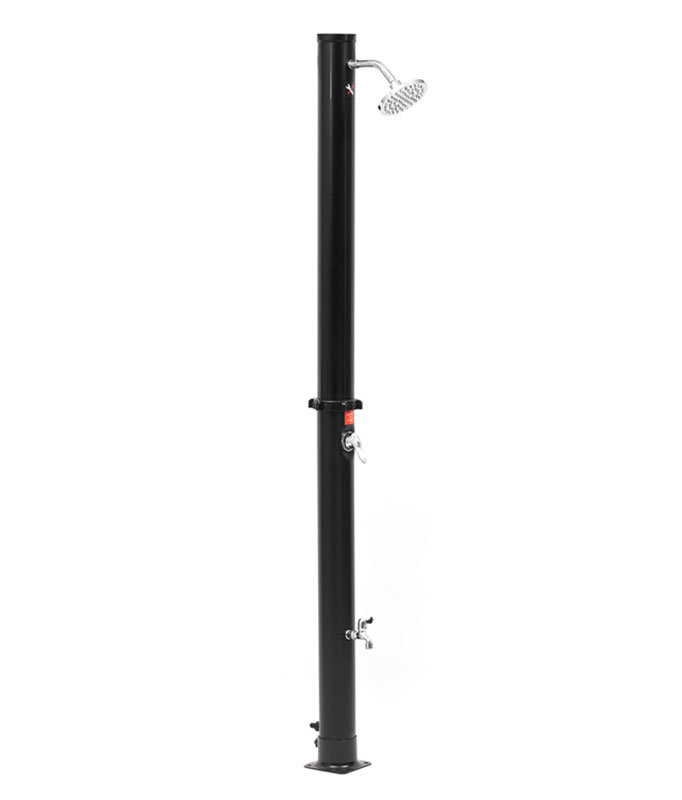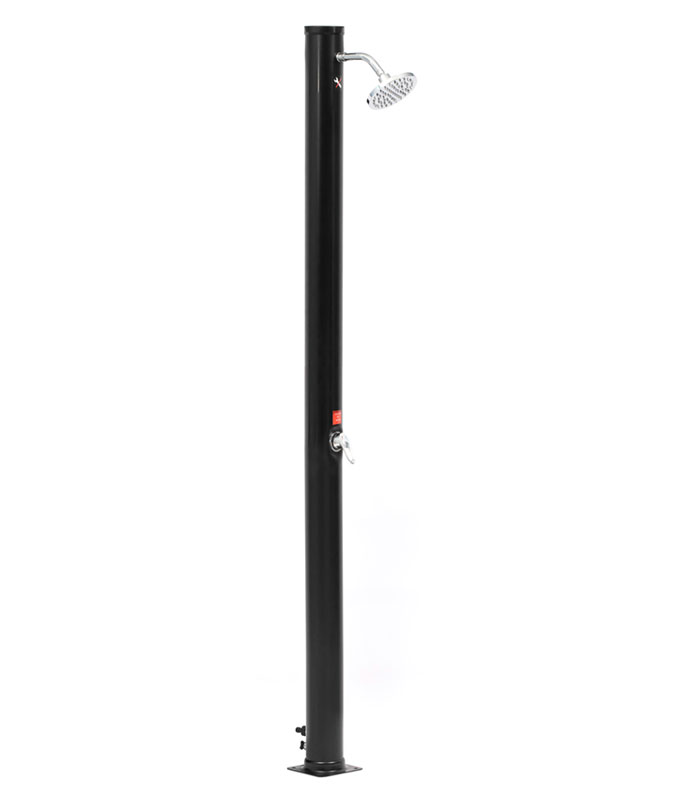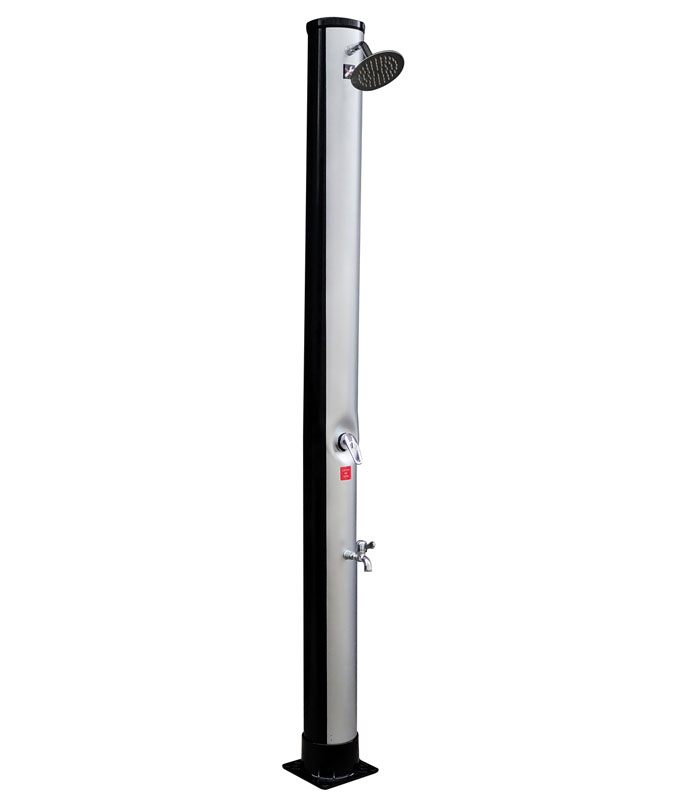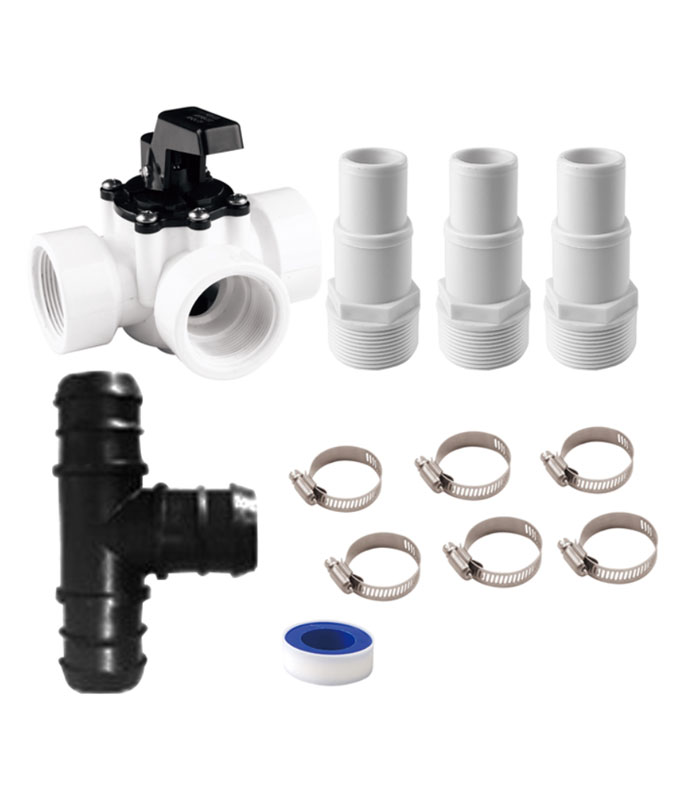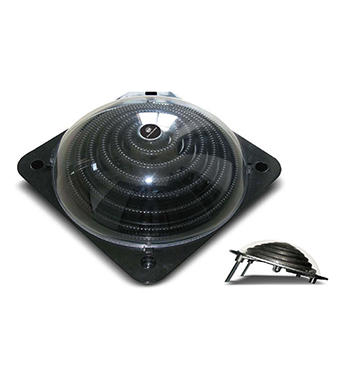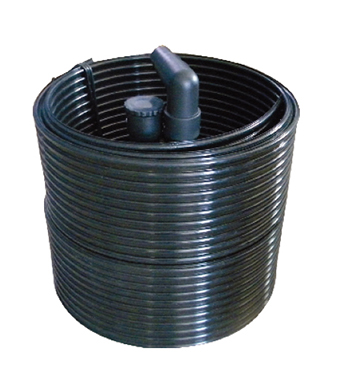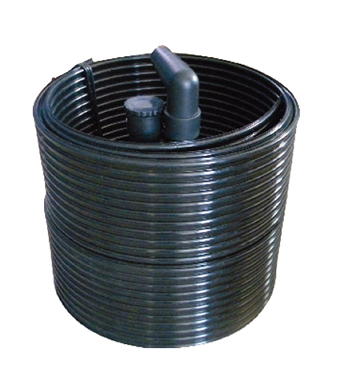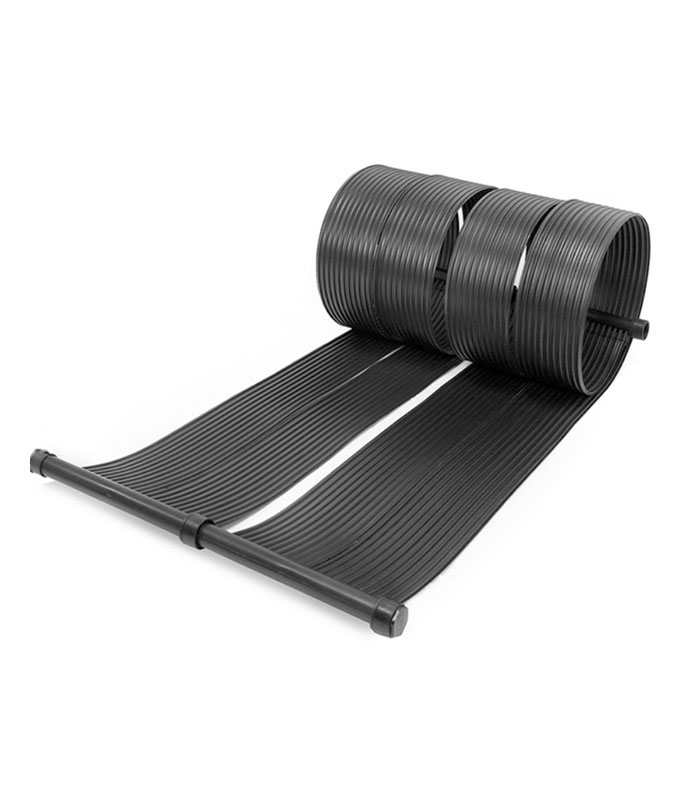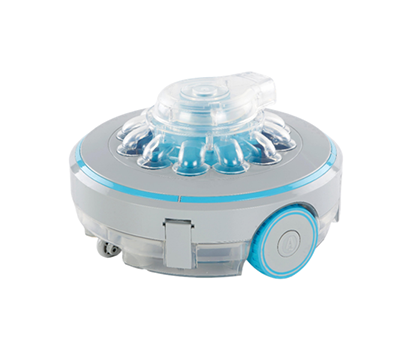
Robotic pool cleaners are marvels of modern engineering, blending waterproof mechanics, sensor-driven navigation, and machine learning to tackle an environment as challenging as outer space—but underwater. While most users see only a device gliding silently across their pool, the real magic lies beneath its plastic shell. In this 4,000-word dissection, we crack open industry-leading models like the Dolphin Nautilus CC Plus and Polaris F9550, exploring how motors, sensors, and algorithms collaborate to turn chaos (leaves, algae, dirt) into order.
Key Takeaways
- Motor Systems: Brushless DC vs. geared pumps – efficiency wars.
- Navigation Tech: SLAM algorithms, LiDAR vs. gyroscopic pathfinding.
- Sensor Suites: Pressure sensors, cliff detectors, and flow monitors.
- AI Integration: How machine learning adapts to pool layouts over time.
- Battery & Power: Lithium-ion advancements and solar hybridization.
- Case Study: Reverse-engineering the Maytronics S300’s "AquaBrain" system.
1. The Heartbeat: Motor Systems & Propulsion
Brushless DC Motors – The Quiet Workhorses
Found in premium models like the Dolphin Triton PS, brushless DC motors (BLDC) offer:
- 25,000+ Hour Lifespan: 3x longer than brushed motors.
- Precision Control: Variable speeds for delicate surfaces (e.g., vinyl liners).
- Energy Efficiency: 85%+ efficiency vs. 60% in brushed motors.
How It Works:
BLDC motors use electronic commutation (Hall-effect sensors) instead of physical brushes, reducing friction and spark risks.
Data Point:
The Polaris F9550’s dual BLDC motors generate 45W combined power, propelling it up 45° inclines.
Geared Water Pumps – The Suction Specialists
Suction-side cleaners like the Hayward RC9740 rely on geared pumps:
- Centrifugal Force: Spins at 3,000 RPM to create vacuum pressure.
- Debris Handling: Tolerates sand and pebbles better than BLDC systems.
Trade-Off: Higher noise (55–60 dB vs. BLDC’s 45–50 dB).
2. The Brain: Navigation Algorithms
SLAM (Simultaneous Localization and Mapping)
Used in LiDAR-equipped cleaners (e.g., Aiper Orbit):
- Laser Scanning: Creates a 3D point cloud of the pool.
- Odometry Tracking: Wheel encoders measure distance traveled.
- Loop Closure: Corrects mapping errors by recognizing revisited areas.
Impact: Reduces cleaning time by 30% vs. random-path models.
Gyroscopic Pattern Optimization
Budget models like the Zodiac MX8 use pre-programmed routes:
- Spiral Mode: Starts at the center, expands outward.
- Zig-Zag Mode: Covers rectangular pools efficiently.
- Random Walk: Avoids infinite loops in irregular shapes.
Limitation: 15–20% overlap in cleaning paths.
AI-Driven Adaptation
The Maytronics S300’s "AquaBrain" learns over time:
- Debris Memory: Prioritizes zones with historical dirt buildup.
- Surface Adjustment: Softens brush RPM on aged plaster.
Case Study:
After 10 cycles, the S300 reduced wall-scrubbing time by 22% in a 1,200 sq.ft kidney-shaped pool.
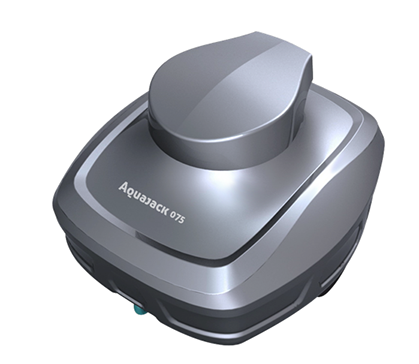
3. The Senses: Sensor Suites
Cliff Sensors – Anti-Trap Guardians
Using infrared LEDs and photodiodes, these detect pool edges/steps:
- Activation Range: 10–15 cm (prevents falls into drains).
- Response Time: <0.1 seconds (Dolphin Nautilus CC Plus).
Flow Rate Monitors
Track water intake to detect clogs:
- Pressure Sensors: Alert when filter blockage drops flow below 2 GPM.
- Auto-Reverse: The Polaris F9550 briefly reverses suction to clear jams.
Tilt & Acceleration Sensors
- 3-Axis Accelerometers: Detect stuck positions (e.g., upside-down).
- Auto-Correct: Triggers wheel spin or buoyancy adjustment.
4. The Muscle: Brushes & Filtration
Brush Systems
|
Brush Type |
Use Case |
Example Model |
|
Nylon Bristles |
Delicate vinyl liners |
Dolphin Nautilus CC Plus |
|
Rubber Rollers |
Concrete/tile scrubbing |
Polaris F9550 Sport |
|
Hybrid (Rubber+Nylon) |
All-surface versatility |
Maytronics S300 |
Speed Control: The Aiper Seagull Pro adjusts brush RPM from 800 (soft) to 1,500 (deep scrub).
Filtration Layers
- Coarse Mesh: Traps leaves and twigs.
- Fine Pleated Cartridge: Captures 10-micron particles (pollen, silt).
- Ultra-Fine Bag: Optional for sand-heavy pools (5 microns).
Innovation: Hayward’s Perflex self-cleaning filters reduce maintenance by 70%.
5. The Lifeline: Batteries & Power
Lithium-Ion Dominance
- Energy Density: 200–265 Wh/kg (2x NiMH batteries).
- Smart Charging: The Dolphin Triton PS uses CC/CV charging to extend cycle life to 1,200+.
Solar Hybridization
The Aquabot Solar combines:
- 24V Li-ion Battery: 90-minute base runtime.
- 10W Solar Panel: Adds 15–20 minutes/day in sunlight.
Ideal For: Off-grid pools and eco-resorts.
6. Reverse-Engineering the Maytronics S300
Teardown Highlights
- Motor Array: Twin BLDC motors (30W each) for thrust and suction.
- Mainboard: STM32F4 MCU running RTOS for real-time control.
- Sensors: TI LIDAR-Lite v3, Bosch BMP388 pressure sensor.
- Battery: LG 18650 cells (7.4V, 5,200mAh).
Algorithm Flow
- Boot-Up: LIDAR maps pool, storing dimensions to onboard Flash.
- Cleaning Phase: Combines SLAM with pre-set patterns.
- Error Handling: Auto-docks if stuck >2 minutes.
Performance: Cleans 1,500 sq.ft pools in 2h 15m (industry average: 3h).
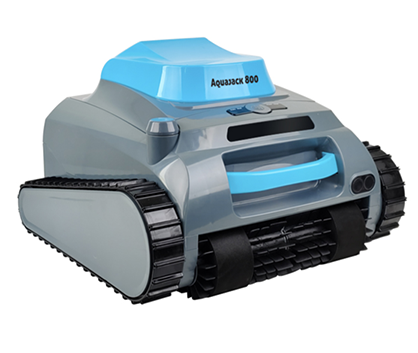
7. The Future: AI, Swarms, and Beyond
Swarm Robotics
Prototypes like iRobot’s SwarmPool deploy multiple small bots:
- Decentralized Control: Bots "talk" via ultrasonic pulses.
- Task Allocation: One bot scrubs walls, another vacuums floors.
Self-Healing Materials
- Graphene-Reinforced Brushes: Resist wear 4x longer.
- Hydrophobic Coatings: Repel mineral deposits on sensors.
Predictive Maintenance AI
The PoolAI HealthGuard predicts failures by analyzing:
- Motor current fluctuations.
- Brush RPM decay patterns.
- Battery charge/discharge curves.
FAQ
1. Can I upgrade my cleaner’s navigation software?
Some models (e.g., Maytronics S300) support OTA updates; most require dealer visits.
2. Are brushless motors waterproof?
Yes—they’re sealed with epoxy resin and silicone gaskets (IP68 rating).
3. How do robots avoid sucking up small toys?
Cliff sensors and flow monitors trigger emergency stops, but tiny objects (e.g., earrings) may get trapped.
4. Why do some robots have twin motors?
One for propulsion, another for suction/filtration (e.g., Dolphin Triton).
Final Thoughts
Robotic pool cleaners are a symphony of mechanical and digital engineering—a testament to how far "dumb" vacuums have evolved. From brushless motors that outlive their owners to AI that learns your pool’s dirt personality, these devices are more than tools; they’re partners in maintaining liquid sanctuaries. As swarm tech and self-healing materials mature, the next-gen cleaners won’t just clean pools—they’ll reinvent them.

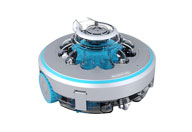 Robotic Pool Cleaner
Robotic Pool Cleaner 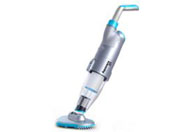 Portable Pool Vacuum Cleaner
Portable Pool Vacuum Cleaner 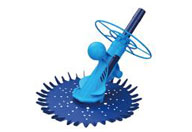 Automatic Pool Cleaner
Automatic Pool Cleaner 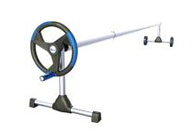 Pool Cover Reel
Pool Cover Reel 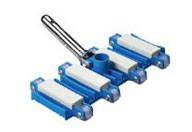 Pool Cleaning Accessories
Pool Cleaning Accessories 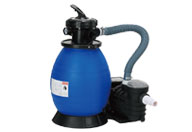 Pool Filter Pump
Pool Filter Pump 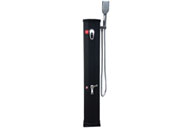 Pool Solar Shower
Pool Solar Shower 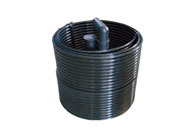 Pool Solar Collector
Pool Solar Collector 

